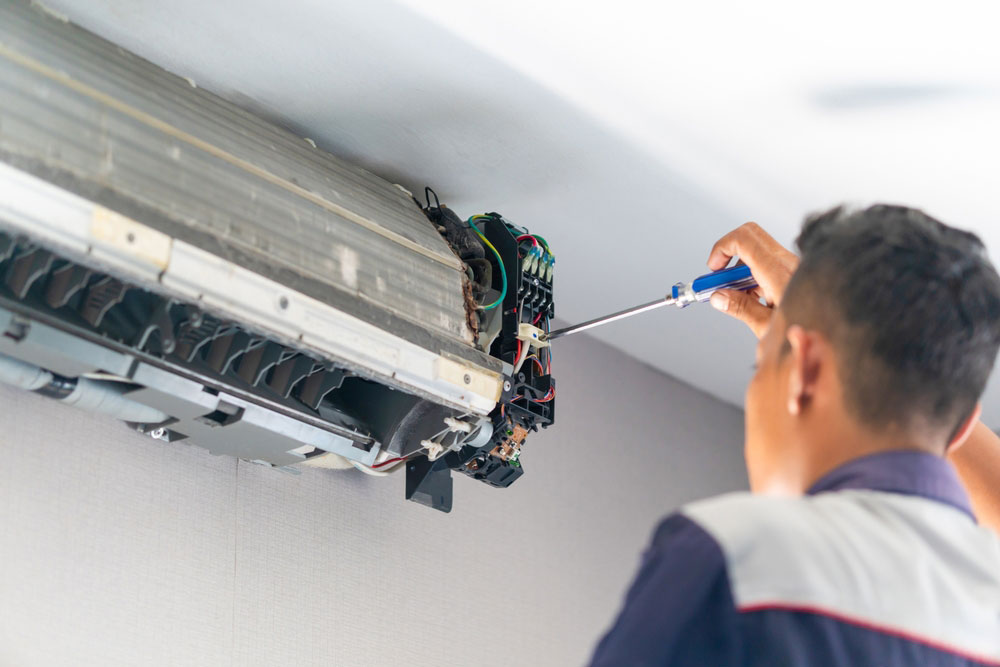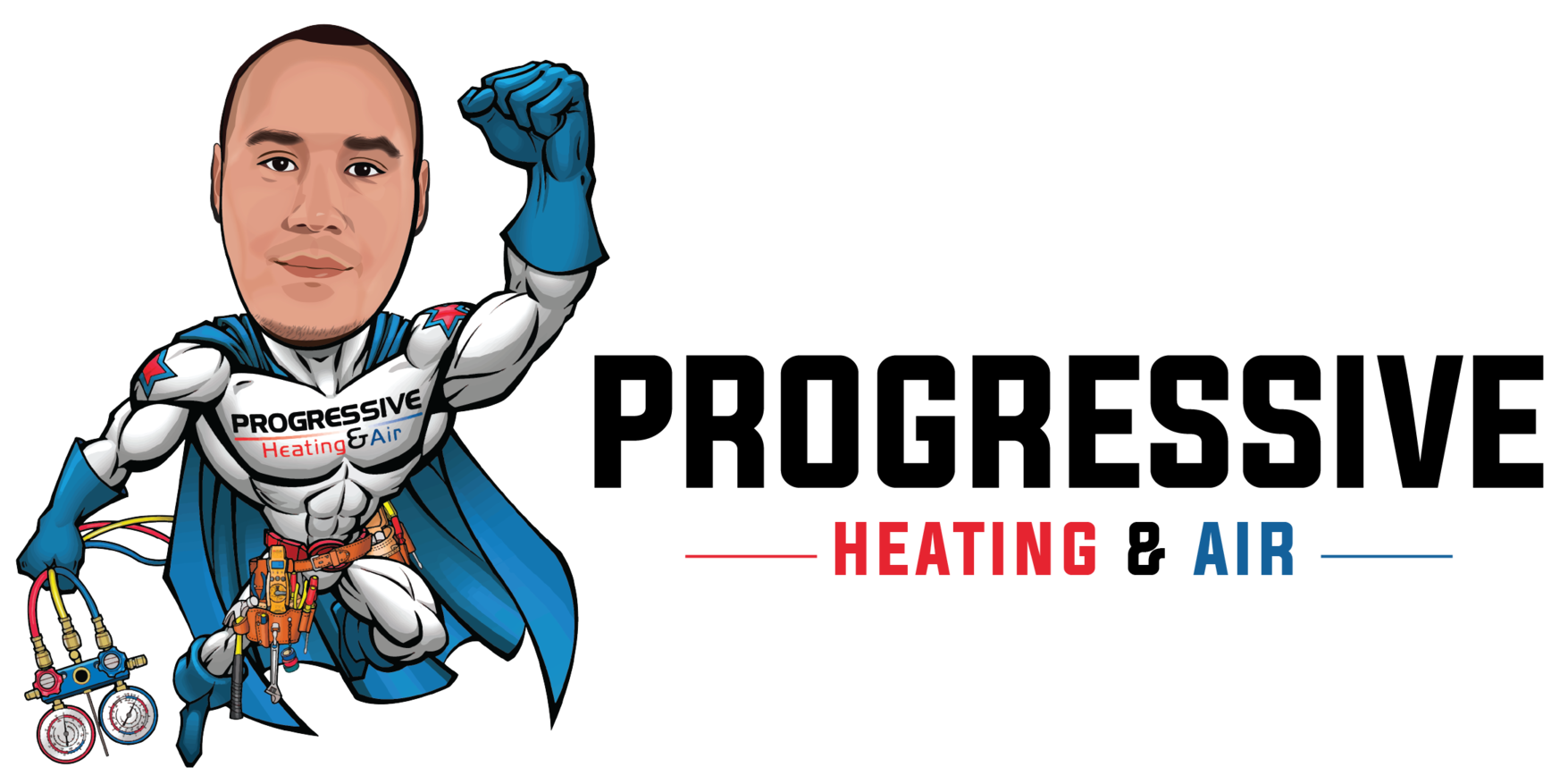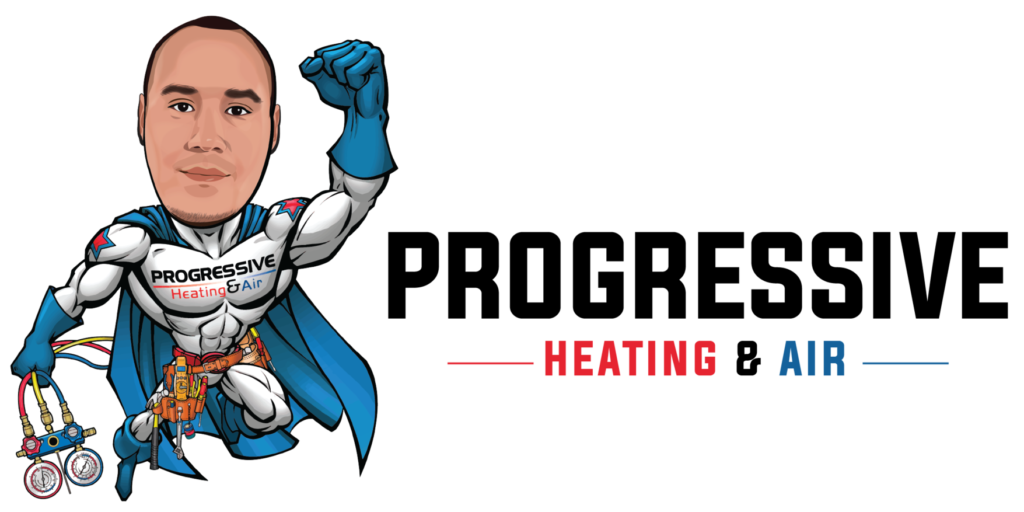
Determining the cost to service an AC unit involves several factors that can affect the final price.
Beyond the type and age of the unit, the complexity of the required maintenance or repairs plays a big role.
Routine tune-ups may have a different price range than more extensive fixes, and even factors like seasonal demand or location can impact costs.
To keep your unit in top shape without overspending, it’s helpful to understand these variables and explore cost-effective maintenance options.
Factors Affecting AC Service Costs
Several factors can influence the cost of servicing your AC unit.
Here are a few key considerations:
Type of AC Unit
- Central Air Systems: More complex, often requiring extensive servicing.
- Window Units: Simpler units, generally less expensive to service.
- Ductless Systems: Mid-range in complexity, with moderate service costs.
Age of the Unit
- Older Units: More prone to breakdowns and require specialized parts.
- Newer Units: Typically more energy-efficient and require less frequent servicing.
Complexity of the Issue
- Simple Issues: Dirty filters, minor electrical issues.
- Complex Issues: Refrigerant leaks, compressor failures.
Time of Year
- Peak Seasons: Summer months can lead to higher demand and increased prices.
- Off-Peak Seasons: Winter months may offer more competitive pricing.
Location
- Urban Areas: Higher demand and labor costs can lead to higher service rates.
- Rural Areas: Lower demand and potentially lower service costs.
Technician’s Experience and Reputation
- Experienced Technicians: Offer expertise and efficiency, potentially saving money in the long run.
- Less Experienced Technicians: May charge lower rates but could lead to longer service times and potential future issues.
Understanding the Cost Breakdown for AC Servicing
When it comes to AC service costs, several factors can influence the final price.
Here’s a breakdown of the typical costs involved:
Standard Tune-Up
- Labor: $50-$150 per hour
- Refrigerant Check and Recharge: $100-$350
- Coil Cleaning: $50-$100
- Electrical Component Inspection: Included in labor costs
Repairs
- Capacitor Replacement: $120-$250
- Refrigerant Leak Repair: $200-$1,500 (depending on the severity)
- Thermostat Replacement: $100-$300
- Motor Replacement: $300-$800
Additional Factors Affecting Cost
- Location: Urban areas may have higher labor costs.
- Seasonality: Peak seasons can lead to increased demand and higher prices.
- Emergency Service Fees: After-hours or emergency services may incur additional charges.
- Unit Size and Age: Larger units and older units may require more extensive service.
Tips for Cost-Effective AC Maintenance:
- Regular Maintenance: Schedule regular tune-ups to prevent major issues and reduce long-term costs.
- Clean Filters Regularly: Clean or replace air filters to improve efficiency and reduce energy consumption.
- Monitor Your System: Pay attention to unusual noises, odors, or performance issues.
- Consider a Maintenance Plan: Many HVAC companies offer maintenance plans that can provide discounts and priority service.
By understanding these cost factors and taking proactive measures, you can effectively manage your AC maintenance budget and ensure optimal performance.
Cost-Effective AC Maintenance Tips
To keep your AC unit running efficiently and reduce energy costs, consider the following tips:
Regular Maintenance:
- Clean or Replace Air Filters: Regularly clean or replace air filters to improve airflow and reduce strain on the system.
- Inspect and Clean Coils: Clean the condenser coils to optimize performance and energy efficiency.
- Schedule Professional Tune-Ups: Annual tune-ups by a qualified technician can identify and address potential issues early on.
Energy Efficiency Tips:
- Proper Thermostat Settings: Set your thermostat to a comfortable temperature and avoid extreme settings.
- Programmable Thermostats: Utilize programmable thermostats to automatically adjust temperatures when you’re away.
- Seal Air Leaks: Seal any air leaks around windows, doors, and ductwork to improve energy efficiency.
- Shade Your Outdoor Unit: Use shade cloths or plants to protect your outdoor unit from direct sunlight.
Additional Tips:
- Regularly Change the Air Filter: A dirty filter can restrict airflow and reduce efficiency.
- Keep the Area Around the Outdoor Unit Clear: Remove debris and vegetation to ensure proper airflow.
- Avoid Blocking Vents: Ensure that vents are not blocked by furniture or curtains.
- Consider a Smart Thermostat: Smart thermostats can learn your habits and adjust temperatures accordingly, saving energy.
By following these tips, you can keep your AC unit running efficiently, reduce energy costs, and extend its lifespan.
Managing AC service costs involves understanding key factors like unit type, age, and maintenance needs, as well as seasonal and location-based price variations.
By proactively addressing small issues, regularly cleaning filters and coils, and considering a professional maintenance plan, you can optimize your AC’s performance and extend its life.
Following energy-saving practices, such as using programmable thermostats and sealing air leaks, also helps to reduce costs.
With a thoughtful approach to maintenance, you can enjoy a comfortable home environment while keeping your budget under control.



